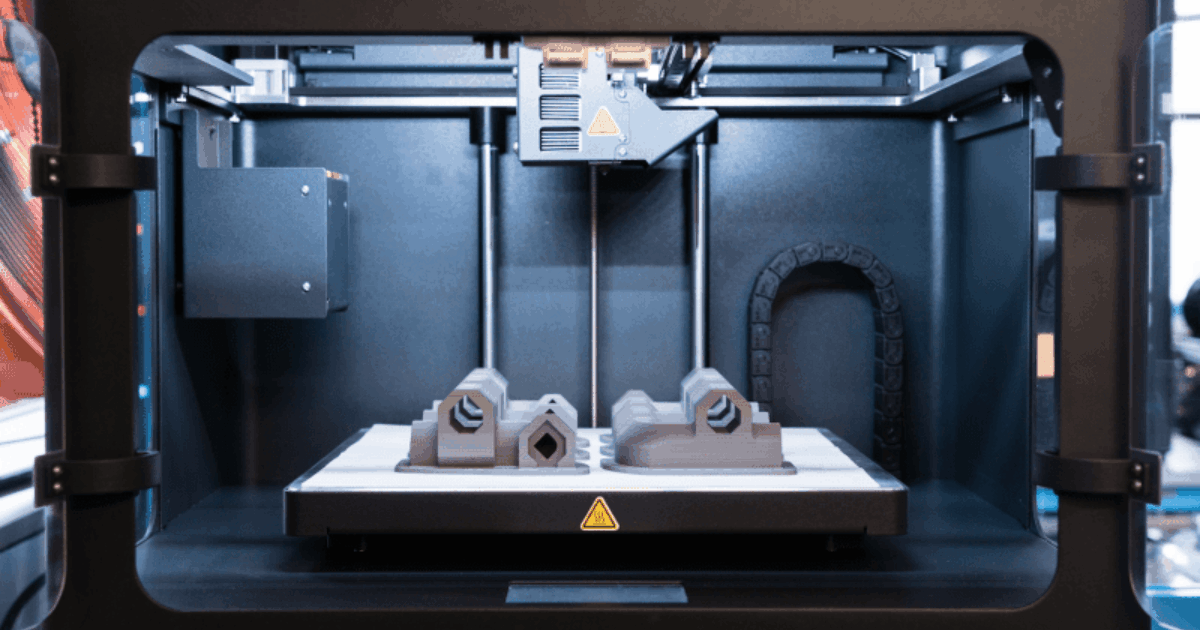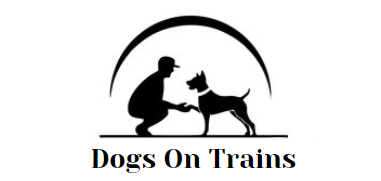When it comes to 3D printing, what matters is not the name of your printer , but your understanding of the equipment and the functions they serve. There are many 3D printers lack options, yet they will give you all the benefits that an expensive 3D printer will offer. But that doesn’t mean that you have to buy a complex model just because it comes with several features.
1. What is a 3-D printer?
3D printers use machines to create 3-dimensional objects by depositing materials in layers. 3D printers come in many sizes and shapes, starting from desktop 3d printers for just couple hundred dollars to inexpensive 3D printers that can be affordable for hobbyists or small enterprises, mid-priced 3D printers that offer better options than 3D printers designed for beginners, and 3D printers that are designed for professional 3D printing. The 3D printer can be used to design 3D objects using 3-dimensional computer-aided designs (CAD) documents. The 3D printer prints an object with layers of plastic or other materials that are layered to form a 3-dimensional object. There are two kinds of 3D printers: FDM and STL printers, which use distinct printing techniques to produce 3D objects. Fused Deposition Modeling is by far the most affordable 3D printer.
3D printers typically require more time than regular printers , as 3D printing involves a lot of trial and error before making the perfect 3D prints. The way the printer is made and what kind of 3D printer it has, will determine how quickly 3D printing is. 3D printers with more features will usually take longer to print 3D models than printers that do not have many features.

2. The different types of 3D printers
3D printers are generally classified under one of two types: 3D Printer or 3D printer filaments. 3D printer filament refers to the materials used in 3D printers that produce 3D prints. 3D printer filaments are made for both types of 3D printers, hot end(FFF) and cold end. The most affordable 3D printers employ Fused Deposition Modeling(FDM) technique to print 3d prints. The extruder in 3D printers melts plastic filaments and moves it through a tube to the nozzle which is heated. There, it is pulled out of the small hole and gets into contact with the 3d printed layer underneath, eventually forming a 3D-like object. 3D printers equipped with extruders in the form of Fused Deposition Modeling(FDM) 3D printers are able to print almost all types of 3D filament from HIPS to ABS and from PLA to nylon-based filaments.
3. Materials for 3-D printing
In 3D printing, 3D models are created using 3-dimensional computer-aided design(CAD) files. These 3D printable CAD models are able to be printed as 3D objects since they have a 3rd dimension which is perpendicular to the 2D plane of the display. Most printers employ 3 distinct types of 3D printing filaments to print objects. There are three types of 3D printing filaments that are available that are available: ABS (Acrylonitrilebutadiene Styrene), Pla(polylactic acid) or HIPS(high-impact polystyrene).
For more information, click flux beamo
4. 3D printer maintenance
To ensure your 3d printer prints without a hitch, it is necessary to be regularly maintained. Printers with Fused Deposition Modeling(FDM) need regular cleaning of their nozzles in order to keep print failures from occurring and avoid jams. Remove all filament from the extruder and the printer nozzle if there are print jams.
5. There are many types of 3D printers available to purchase
3D printers are typically classified into one of two categories: Printer and filaments for printers. The filament is the material used by printers to create prints. Printer filaments are available for both types of 3D printers: hot end(FFF) and cold end. Prints can be created using it is recommended to use the Fused Deposition Modeling (FDM) method is employed by the printing machines that are the cheapest. Fused Deposition Modeling (FDM) printers print virtually all kinds of 3D printing such as ABS, HIPS, to PLA to nylon-based filaments. They can create 3D models in plastics, ceramics and metals, among others.
